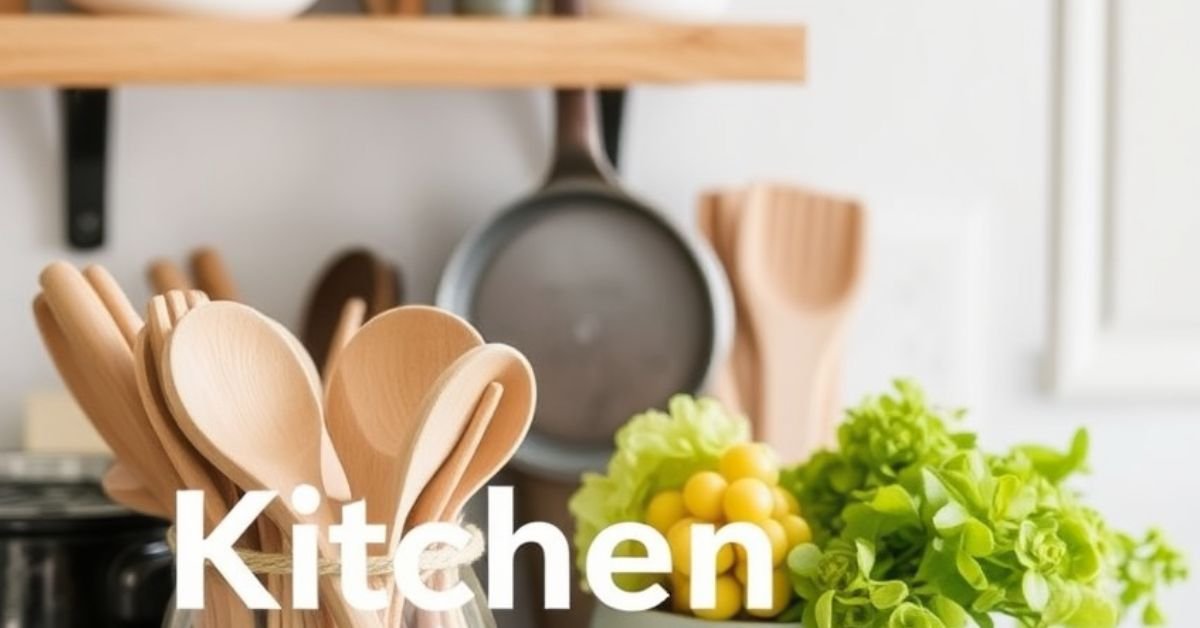
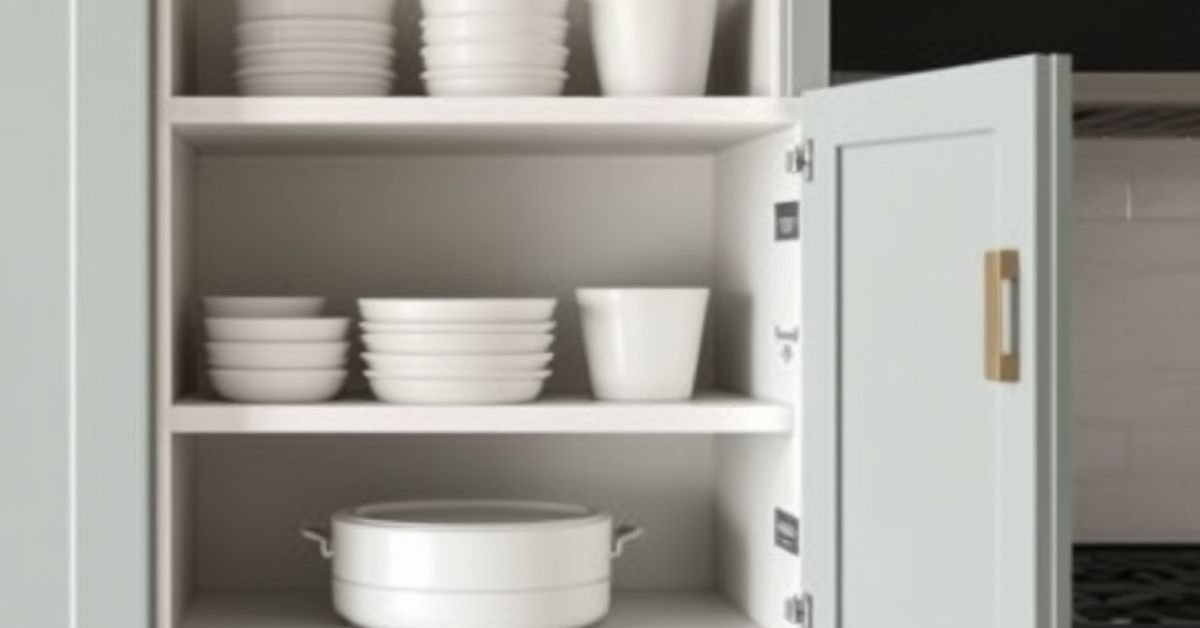
Our editorial team individually chooses every product that is suggested on neatcupkit. We might get paid if you buy something after clicking on any of these links.
Planning kitchen storage is essential for creating a kitchen that feels spacious, organized, and easy to use. Whether you’re designing a new kitchen or improving an existing one, knowing how to plan kitchen storage can maximize your space, improve workflow, and reduce clutter. In this article, we’ll explore practical steps and smart solutions for kitchen organization that help you make the most of your cabinetry, pantry, drawers, and shelving.
Without a clear plan, kitchens quickly become crowded and inefficient. Proper kitchen storage ensures every item has a place, so you can find what you need without hassle. It also helps optimize cabinet layout and drawer space, keeping countertops clutter-free and improving cooking flow. Planning storage thoughtfully prevents wasted real estate and supports long-term kitchen efficiency.
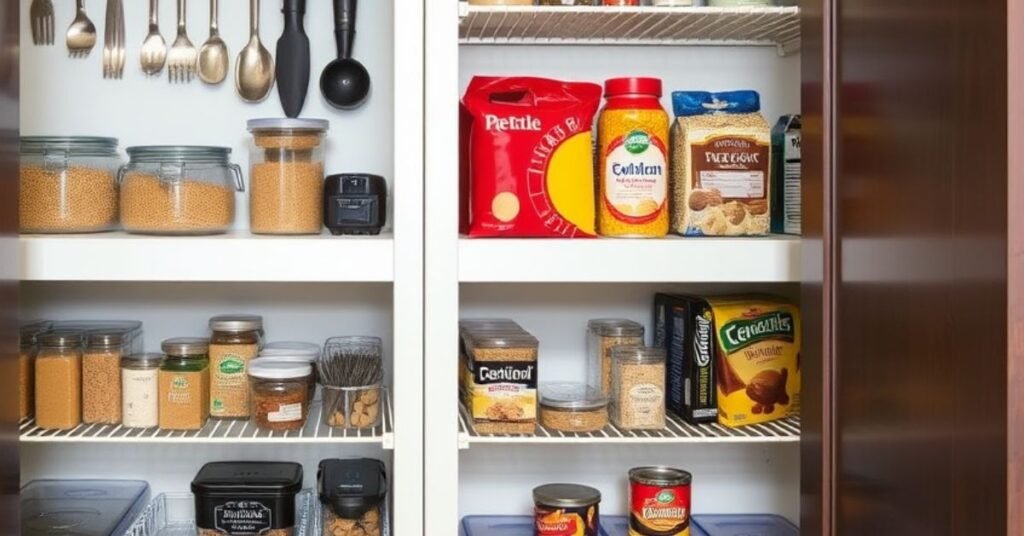
Cabinets remain core to kitchen storage, especially when organized efficiently using pull-out shelves and adjustable dividers. Drawers work well for cutlery and utensils when equipped with dividers for clutter reduction. Pantry spaces benefit from wire racks and stackable containers for easy pantry management. Open shelving offers quick access and displays favorite items but requires regular tidying to stay neat.
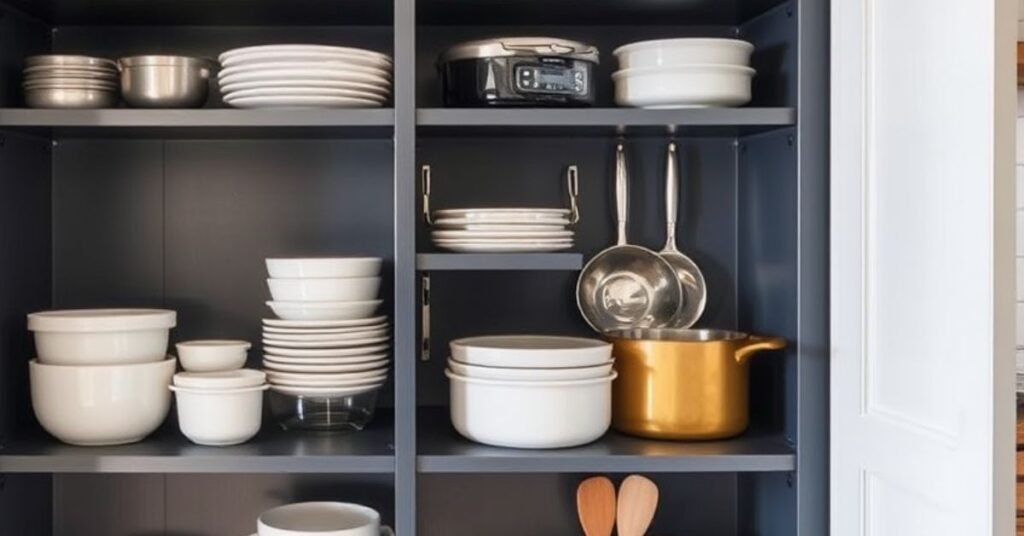
Using a well-thought-out kitchen storage layout improves both efficiency and enjoyment in cooking.
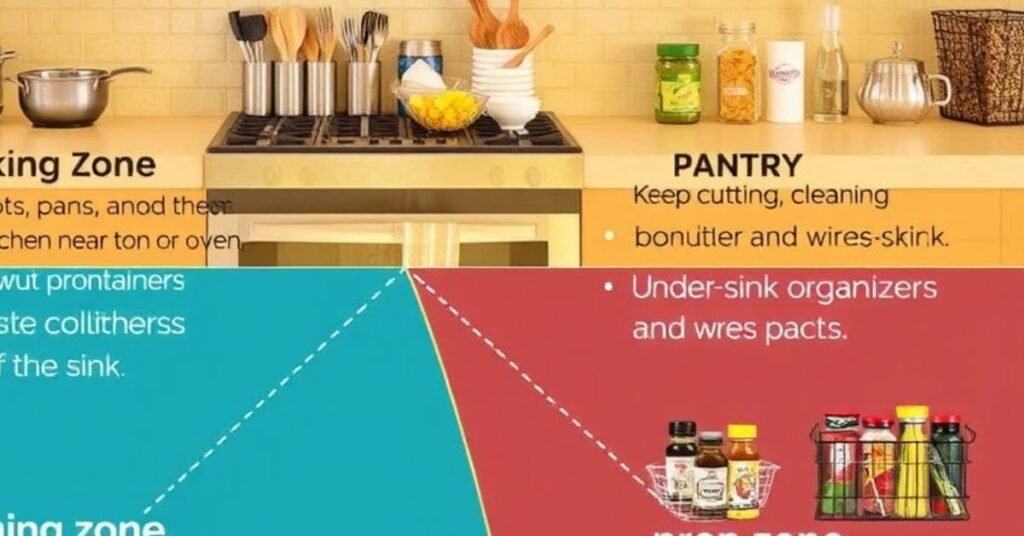
Learning how to plan kitchen storage is key to creating a functional, clutter-free cooking space. By assessing your kitchen needs, organizing zones, and choosing smart storage solutions like pull-out shelves and drawer dividers, you can optimize every inch effectively. Thoughtful kitchen organization maximizes cabinet layout and space optimization while making daily tasks easier.
A well-planned kitchen storage system lets you focus on cooking and sharing meals without frustration. Start your kitchen planning today to transform your space into a model of efficiency and style.
Measure your kitchen space and assess your storage needs based on your cooking habits.
Use vertical space, add pull-out shelves, and organize drawers with dividers to maximize every inch.
Yes, open shelving provides easy access to frequently used items, but it requires regular maintenance to stay tidy.
Use drawer dividers to separate utensils, gadgets, and cutlery, keeping everything in its place.
Utilize custom cabinetry, vertical space, stackable containers, and efficient pantry management to save space.